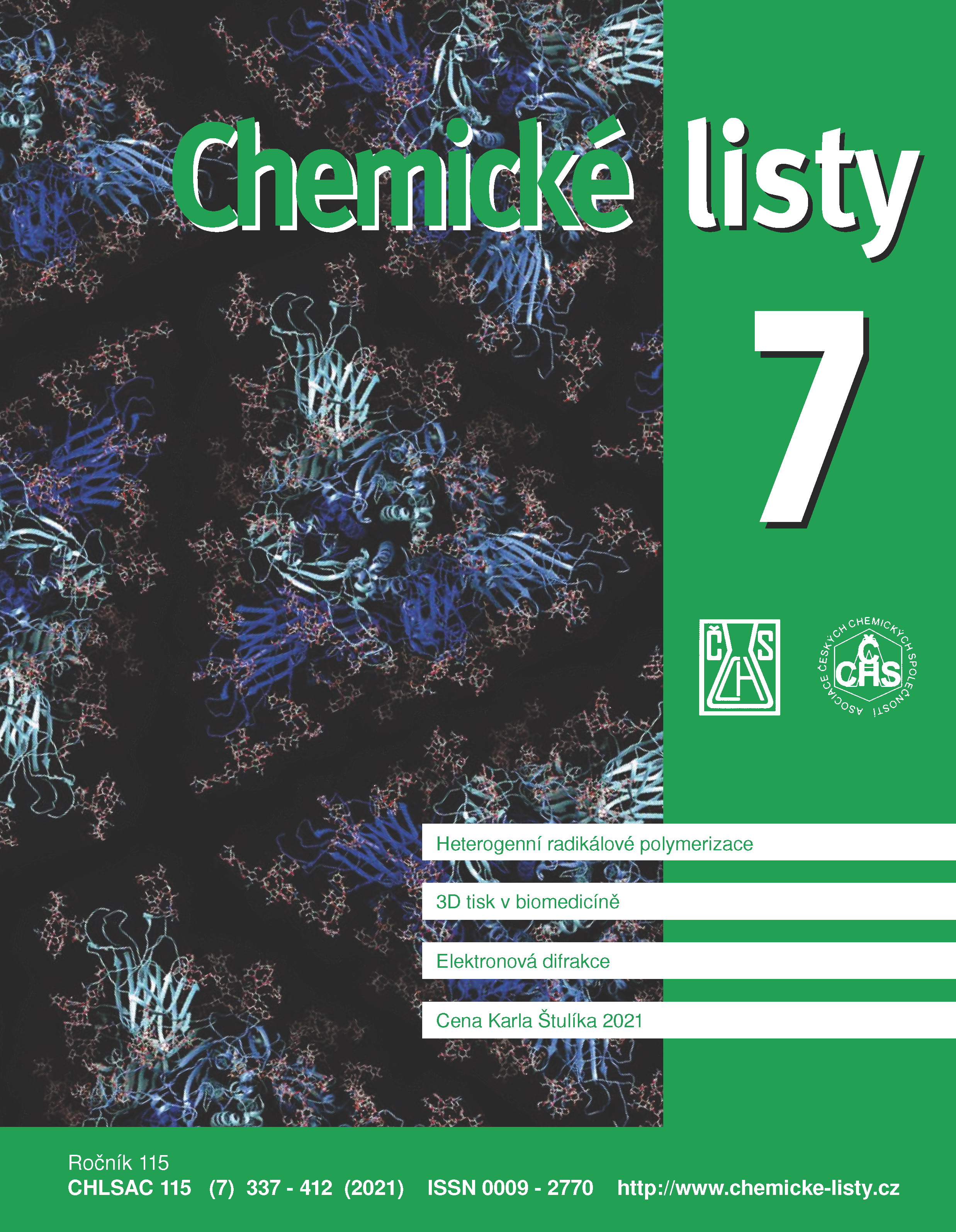Chyby při navrhování a instalaci pojistných ventilů v chemickém průmyslu
Klíčová slova:
pojistný ventil, tlaková ztráta, protitlak, chattering, vibrace, akustická rezonanceAbstrakt
The relief valve is an autonomous device protecting technological devices against overpressure and serious accidents. The paper describes both common and less common types of relief valves and individual steps for the correct procedure of their design. Common shortcomings that occur in industrial practice are discussed, i.e. exceeded 3% pressure loss limit of inlet pipeline, high backpressure, excessive or insufficient valve capacity, improper set point and low mechanical resilience. The incorrect design is subsequently associated with instability when operating the relief valve or acoustic resonance with subsequent vibrations which can lead to the loss of integrity. Basic recommendations for the elimination of design shortcomings are defined, as well as possible solutions to modify the operating technologies.





